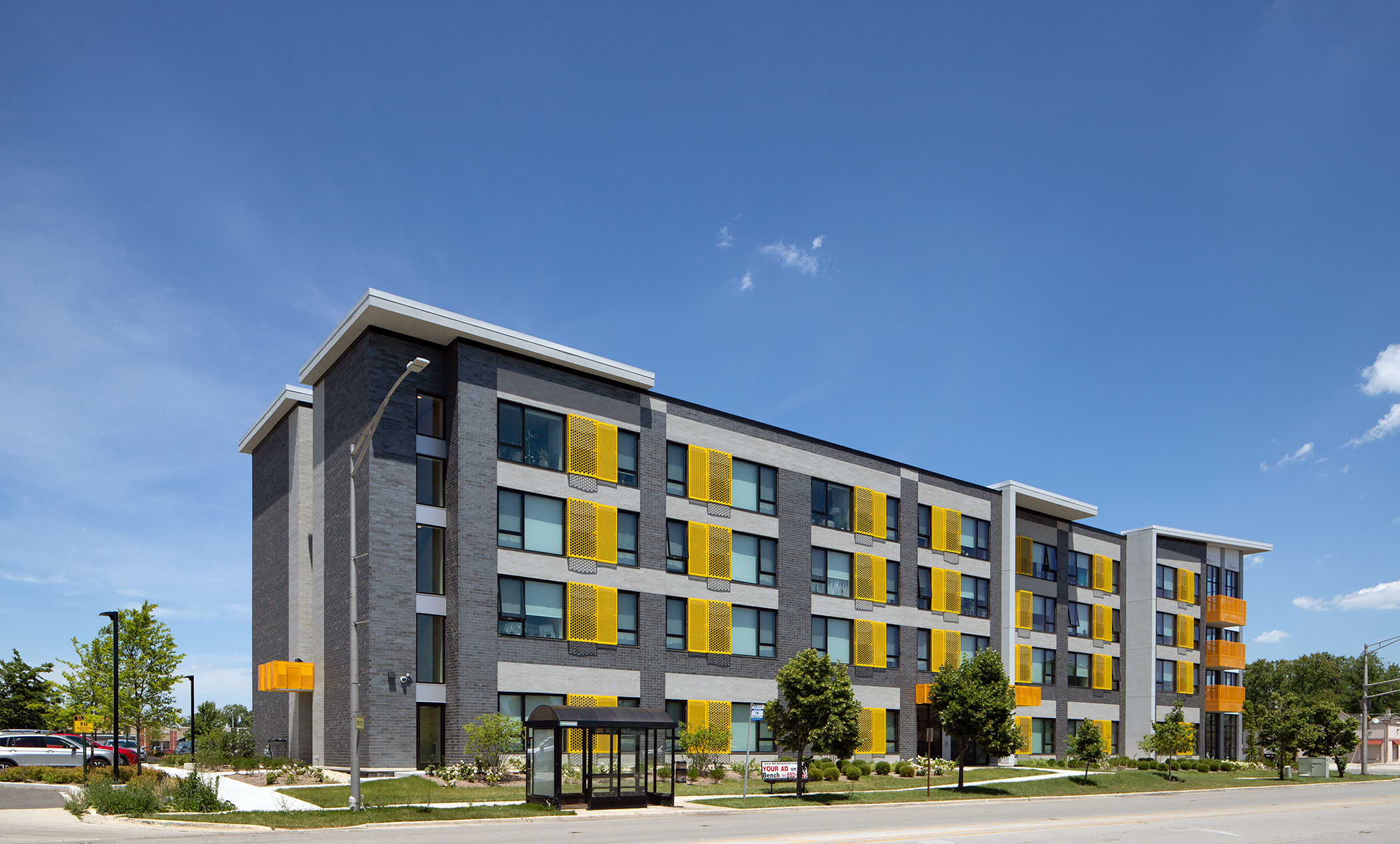When one thinks of the suburban communities around Chicago, it’s natural to imagine young families, Little League games, and cul-de-sac barbecues. These images reflect the post-war boom that fueled the growth of collar counties like DuPage, Kane, Kendall, Lake and Will. But today, a quieter, yet powerful shift is underway. And it is one that’s reshaping the future of these very neighborhoods.
The suburbs are graying.
How do we know? Recent census data shows that from 2023 to 2024 (the latest data available), Illinois residents aged 65 and older increased by 62,500. And, during that same time frame, those residents aged 18 and under decreased by more than 26,000.
Closer to home, the Chicago Metropolitan Agency for Planning reported that the number of adults aged 65 to 84 in the Chicago metro area is expected to double by 2040. Double. That’s not a distant projection. No. It is a demographic tidal wave already forming in places like Tinley Park, Wheeling, Lockport and Arlington Heights.
And the implications are profound. AARP reports that nearly 90% of these seniors want to “age in place”. That means, they’d prefer to remain in the towns they’ve called home for decades. Yet, many of our suburban communities lack the housing infrastructure that supports this goal. For seniors with mobility challenges or fixed incomes, the dream of staying close to their roots becomes increasingly out of reach.
This evolving reality has created both urgency and opportunity for suburban leaders. From Antioch to Aurora, and from Joliet to Elgin, mayors, city managers, and county executives are starting to confront this new normal: the needs of their communities are changing rapidly. And permanently.
So what should local governments do?
The starting point is clear: focus on housing. Municipalities must take a proactive approach to assess and address senior housing shortages. That means creating tailored plans that reflect the unique makeup of each community. It means collaboration with their constituents to create plans that blend affordability, accessibility, and inclusivity.
There’s no one-size-fits-all solution. For some towns, that may mean zoning changes to allow accessory dwelling units. Others may benefit from new mixed-income developments with universal design principles and built-in community support. Walkability, access to public transportation, and proximity to healthcare services should be integral parts of the discussion.
At F.H. Paschen, we’ve seen what’s possible when forward-thinking leadership meets experienced construction. Take the Leyden Township Senior Apartments and Community Center in Franklin Park: 80 units of affordable housing integrated with a senior-focused community hub. This project, built in partnership with local officials, is a case study in aging-in-place design done right.
Similarly, our Bellwood Gateway project; a 71-unit workforce housing development with commercial space—demonstrates that thoughtful, integrated housing doesn’t just serve seniors. It also supports the workers and families who keep these communities running.
Our experience tells us one thing above all: partnerships work. When elected officials team up with a seasoned builder who understands local priorities who also can help navigate financing tools and regulatory hurdles; then real progress is possible.
Every week, our housing team engages with local leaders from Woodstock to Orland Park who are ready to make smart investments in senior housing. If your community hasn’t begun the conversation, now is the time. The demographic trends are already here.
Want to talk about a senior housing project in your town or village? At F.H. Paschen, we’re ready to help you begin the journey today.
View the original article and our Inspiration here


Leave a Reply